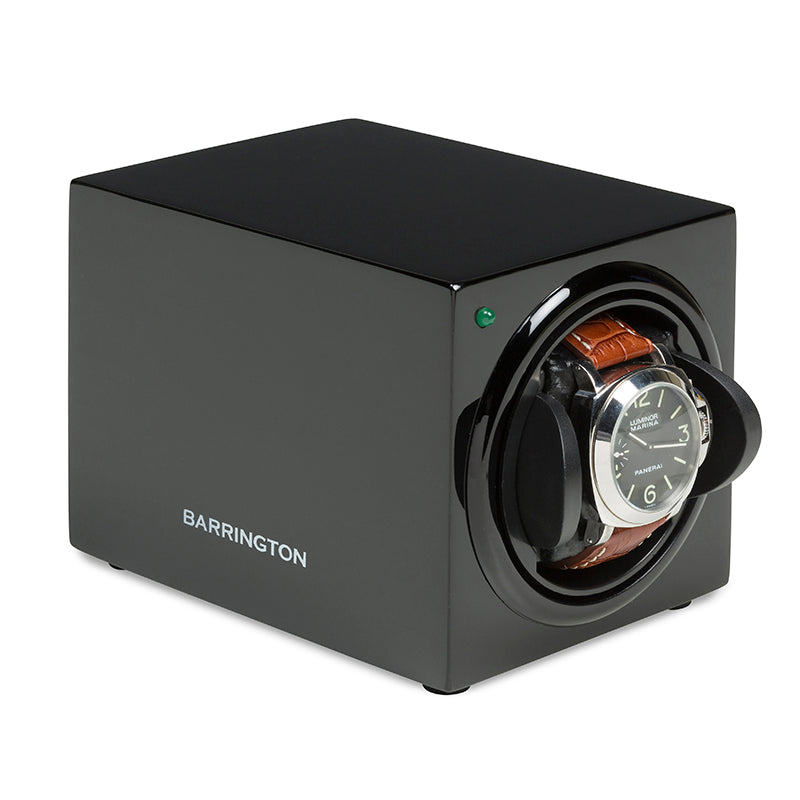Swatch Group Raises Watch Prices Amid Cost Pressures
Rising Gold Prices, a Strong Swiss Franc, and Higher US Tariffs Prompt First Industry Adjustment
Swatch Group has increased retail prices for several of its high-end brands in the United States, including Blancpain and Glashütte Original, with reported adjustments ranging from 7% to 10%. This marks the second upward revision by the group since the start of the year and may serve as a harbinger for further price moves across the Swiss watch industry.
Analysts identify three primary factors behind the decision: exchange rate pressures, increased import duties, and the soaring cost of gold, which together are tightening margins in a strategically vital export market.
Three Factors Behind the Price Increase
Strength of the Swiss Franc
Over recent weeks, the Swiss franc has appreciated significantly against the US dollar, with the exchange rate moving from CHF 0.8838 per dollar at the start of April to CHF 0.8149 by mid-month. For Swiss manufacturers exporting to the US, this shift translates into higher costs for American retailers and distributors, making price adjustments increasingly difficult to avoid.
Higher US Import Tariffs
As part of changes in US trade policy, import duties on Swiss watches have risen from 3% to 10%. Additional increases are being discussed at the policy level and remain a potential risk for the remainder of the year. For brands operating in the American market, this represents a direct and measurable cost impact that may be passed on to end consumers.
Record-High Gold Prices
Gold continues to surge as global investors seek refuge in safe-haven assets. After rising by 13% in 2023 and 27% in 2024, the metal has climbed a further 23% since the beginning of 2025. The current spot price exceeds $3,244 per ounce, setting a new historical record. Given the extensive use of gold in case construction and detailing within the luxury watch segment, this represents a major cost component for many maisons.
Market Conditions and Industry Response
The secondary watch market is also influencing brand strategies. With improved transparency and liquidity, resale platforms have seen an influx of nearly-new models, often offered at discounts of 10% to 30% off retail prices. While this can increase consumer access, it places pressure on authorised dealers and complicates retail positioning for new releases.
Meanwhile, Swiss watch exports to key Asian markets remain under strain. According to the Federation of the Swiss Watch Industry (FH), shipments to mainland China declined by 25.8% year-on-year, while Hong Kong dropped by 18.7%. Both markets have historically played a vital role in the global success of high-end Swiss timepieces, particularly in precious metal and high-complication categories.
Outlook: Measured Adjustments Likely Across the Industry
Swatch Group’s latest price move reflects a growing consensus within the industry that adjustments are necessary in response to macroeconomic pressures rather than optional or opportunistic. Other manufacturers are expected to monitor developments closely, with pricing decisions likely to follow as market conditions evolve.
Alongside these adjustments, brands are reportedly reviewing wholesale strategies, expanding direct-to-consumer channels, and refining regional pricing models to maintain margin stability without undermining brand equity.
As challenges mount — from raw material inflation to shifting demand across regions — 2025 may become a pivotal year in which Swiss watchmakers rethink not only price architecture, but also broader approaches to value communication, distribution, and long-term positioning.














